Your cart is currently empty!
If you’re trying to improve your running times then improving will most simply boil down to 2 things. Your stride length and your stride frequency. If you increase your stride length for the same stride frequency you will travel faster. If you increase your stride frequency and maintain stride length, you will also run faster.
But there is a way of improving both at the same time. That’s where reactive strength index (RSI) is important. RSI can be used as a measure of your tendon stiffness and is most commonly measured using a drop jump or pogo jumps. To work out RSI you divide your jump height in metres by your ground contact time in seconds. Even more simply, how high you jump divided by how quickly it took you to jump.
What does RSI show?
Testing RSI is a proxy test of your tendon stiffness. Tendon stiffness relates to how much your tendons stretch when they are loaded. A stiffer tendon will stretch less and recoil more powerfully whereas a more compliant tendon (less stiff) will stretch more and recoil less powerfully.
Think of your tendons being like an elastic band. A stiff elastic band will stretch less but fly further in the air if you were to shoot it across a room. Whereas a more lax elastic band will be stretched more for the same force put into it, but fly less distance across the room.
Having stiffer achilles tendons means that they stretch less when put under load. This means that ground contact time can be reduced because tendons don’t have to stretch before they return energy. But in addition, because a stiffer tendon returns more energy, you will be able to jump higher during the tests.
This also means that a stiffer tendon reduces the energy needed to be produced by your muscles. More compliant tendons need your muscles to provide additional energy to propel yourself. This increases your total energy cost and can make you a less efficient runner. Studies have shown that your tendons get less stiff during a run and increase the total energy cost of running.
Did you know we can do RSI testing as part of performance testing?
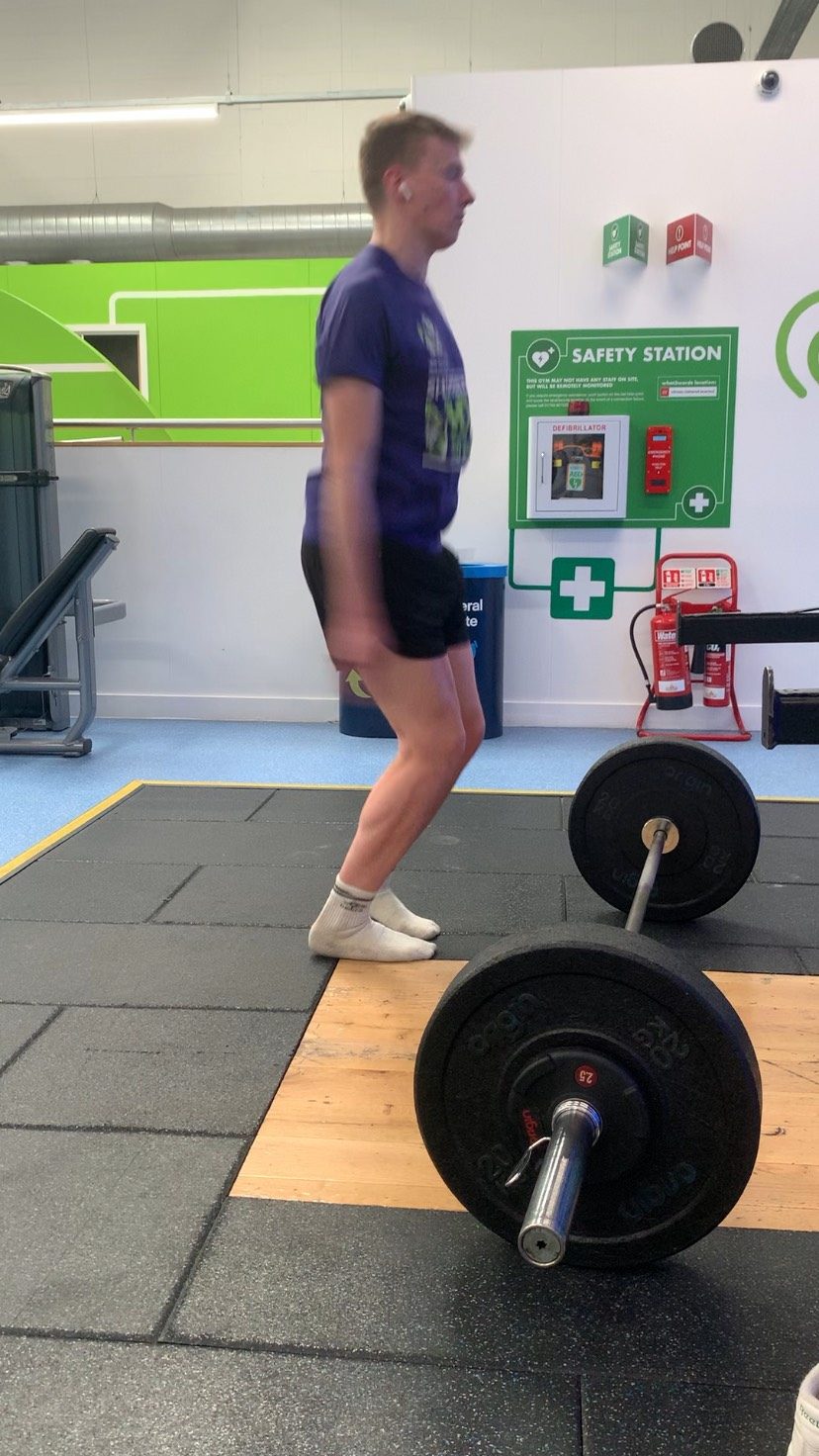
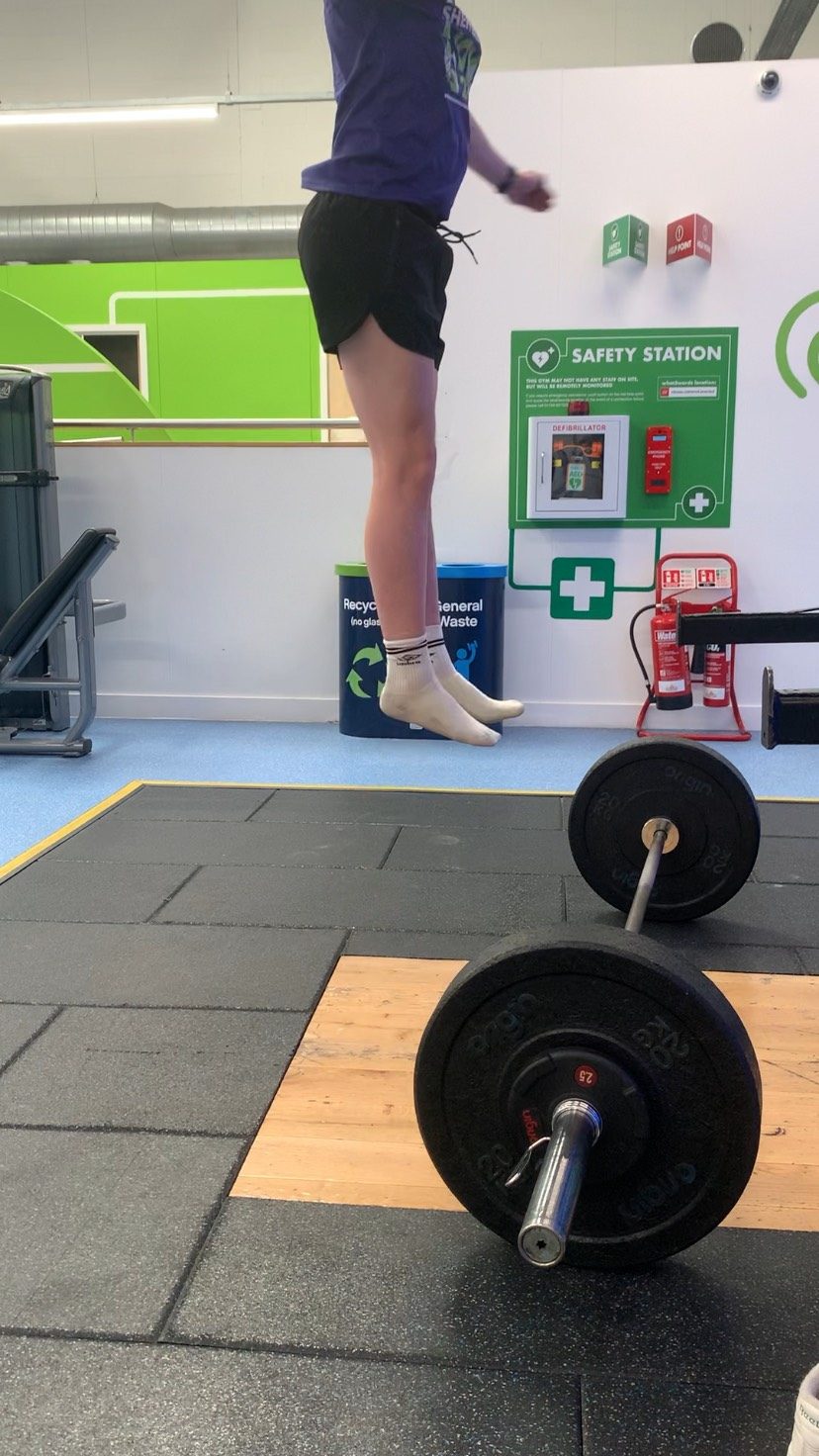
How Does An RSI Test Relate To Running?
Firstly, as mentioned already the faster ground contact times are a big component of high RSI. A faster ground contact time means that your next stride starts sooner and your stride frequency may increase slightly. Improving your stride frequency however, becomes limited by how fast you can cycle your legs rather than your tendon stiffness. Therefore it is unlikely this is the main way you become faster with a higher RSI.
Secondly and probably more realistic. Your stride length will be longer with a higher RSI. Because an RSI test will generally show a higher jump height, this transfers to your stride. If you are able to get higher in the air for a given speed, you will travel further before you hit the floor again.
And thirdly, as already touched upon, because your muscles don’t have to produce as much energy with a stiff tendon – this saves energy. Because a stiff tendon can provide ‘free’ energy from storing more and releasing more energy upon impact, for a given length of stride, you produce less energy from your muscles. This will also mean that you can hold a faster pace for the same amount of energy – who wouldn’t want to be faster?
To get your tendons stiffer why not have a look at one of our programmes?
How To Improve Your RSI
Plyometrics are a great way of improving your RSI because they overload your stretch-shortening-cycle (SSC). Your SSC includes your tendons and muscles. It relies on the same rapid stretching and then release of energy as in running but you are required to produce far more force in as quick a time as possible.
A combination of slow stretch shortening cycle exercises – such as broad jumps, countermovement jumps and hops – with fast stretch shortening cycle exercises – such as pogo jumps, bounds and drop jumps are all good for improving RSI.
In addition, strength exercises such as squats, calf raises and hamstring bridges will be good to supplement with your plyometrics. This will allow your tendons to become stronger and tolerate the increased reliance you will be putting on them with your plyometrics. This will then transfer into a bigger reliance on them in your running – equalling faster times!
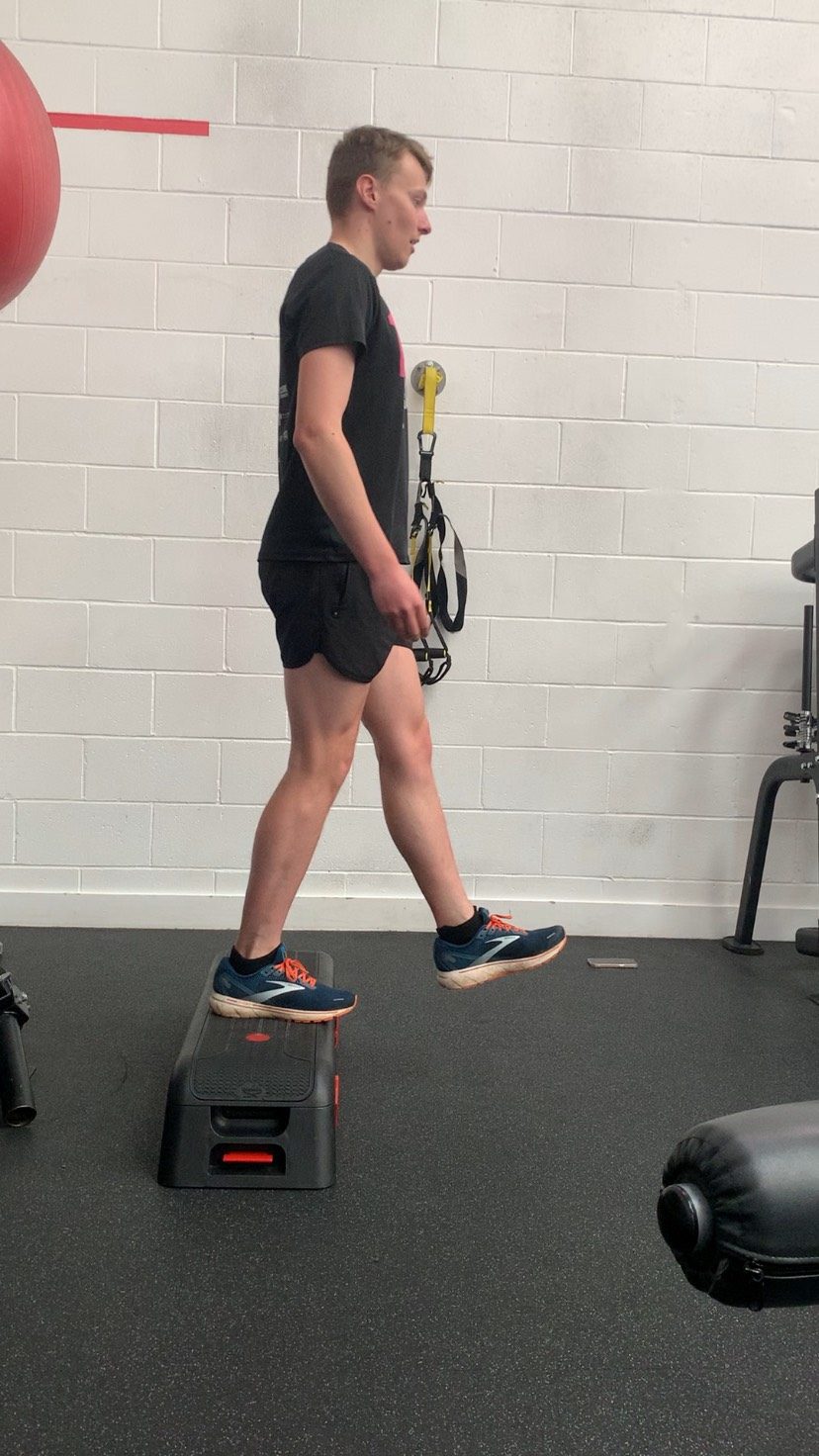
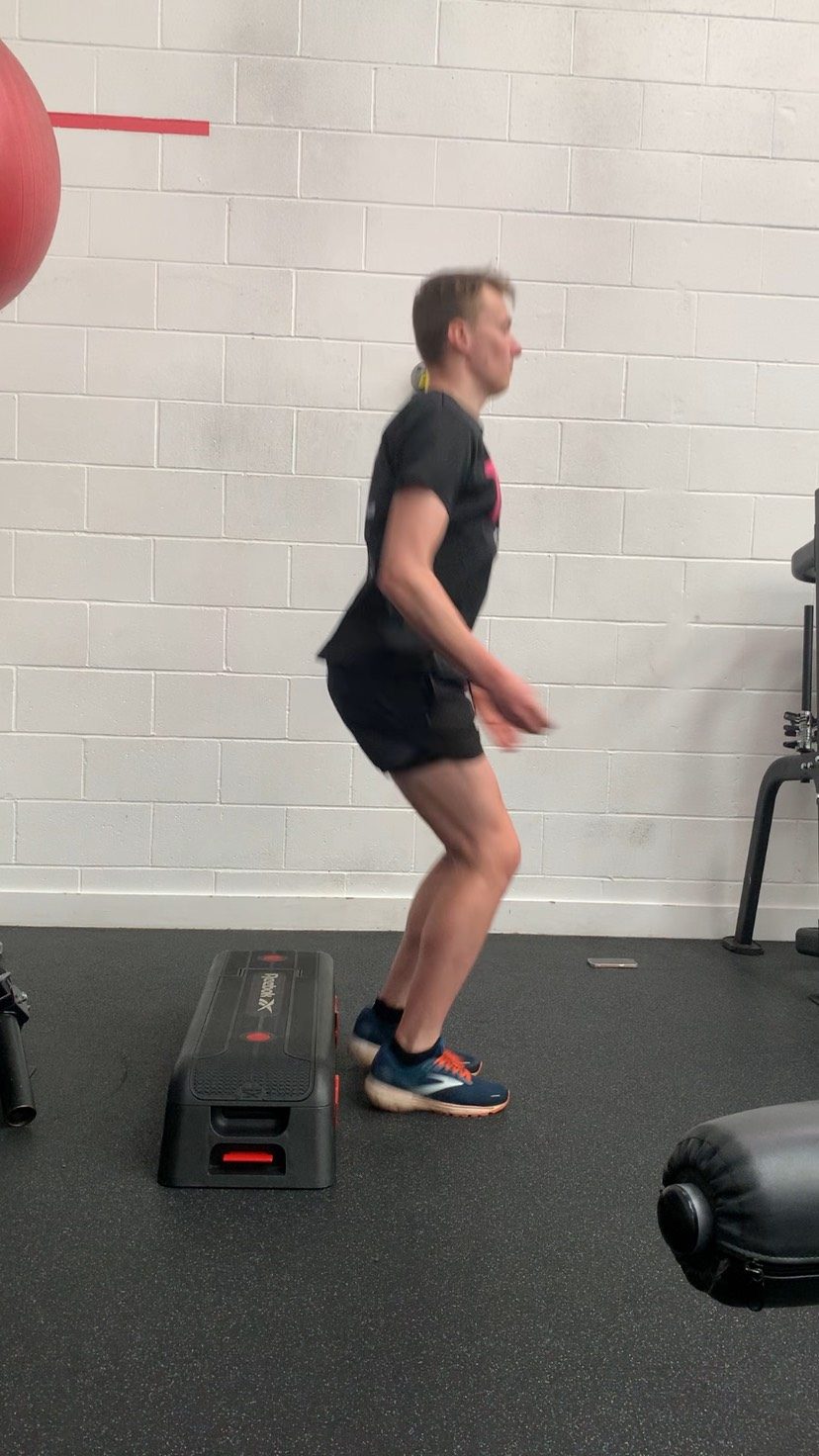
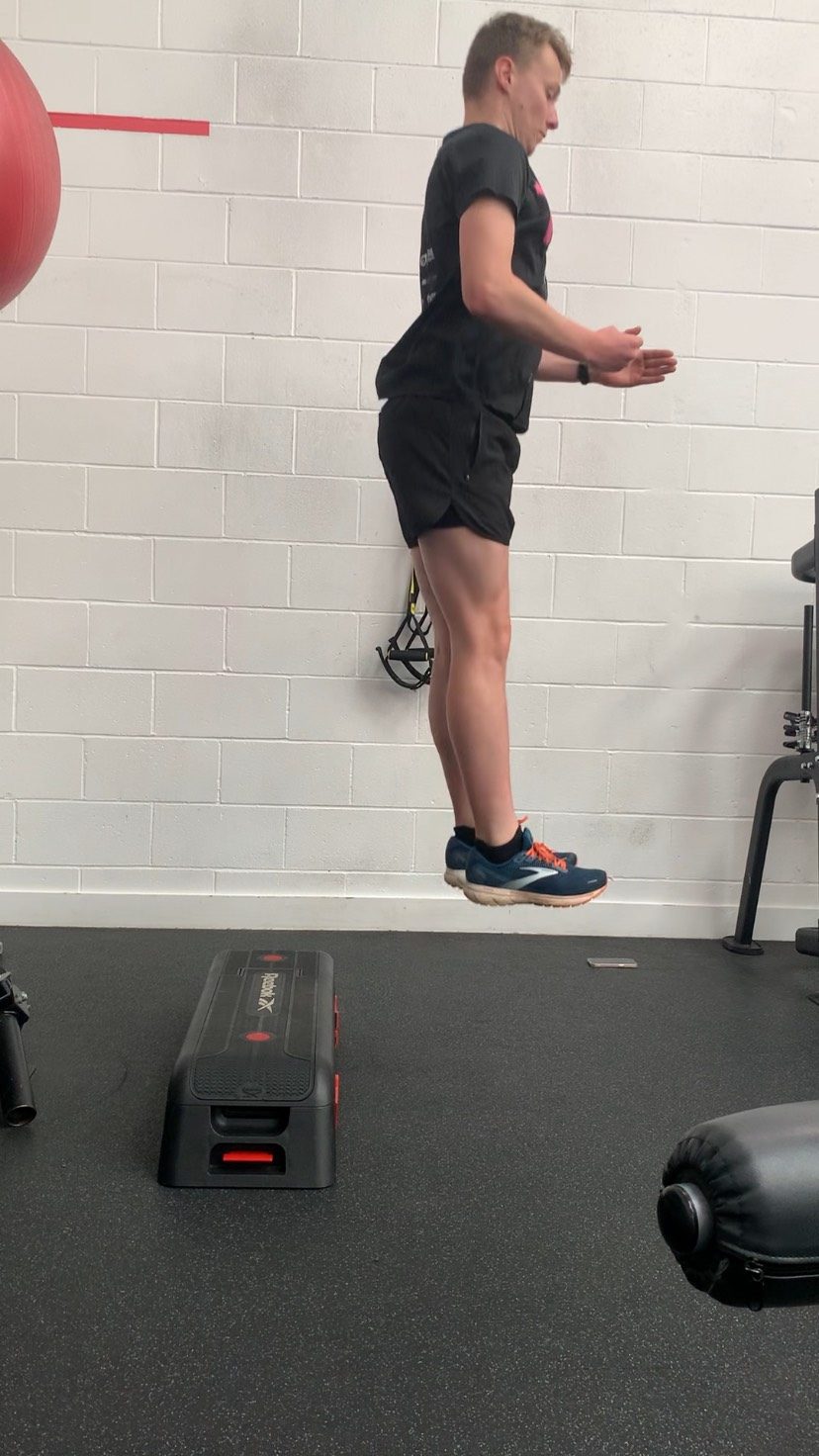
Can you be too reactive?
Yes and this is an important consideration to make if you were to add plyometrics into your training. Too high a tendon stiffness can potentially lead to overuse injuries in the tendon or potentially bony stress. Too little stiffness though and you may be more likely to suffer from muscle injuries and/or ligament injuries.
If you’re a runner who considers themselves quite springy, then maybe maintaining your tendon stiffness is the best approach. If you’re quite a bouncy runner however then it might be worth increasing your tendon stiffness. That’s why it’s so important to do performance testing, so that you know what is best for you to focus on in your training.
Summary
Tendon stiffness relates to how much a tendon changes in length and can be measured through an RSI test so you can evaluate your ability in this area. This is mainly done through pogo jumps and drop jumps by working out jump height divided by ground contact time.
Tendon stiffness can make you faster through mainly increasing your stride length for a given ground contact time. Stiffer tendons can also make you a more efficient runner through relying on your muscles less.
Plyometrics are a great way to improve your RSI with a combination of fast and slow SSC movements. Strength exercises will also help to build your tendons up to tolerate this different training.
Read more: Why Are Stiff Tendons Needed For Running And How To Measure?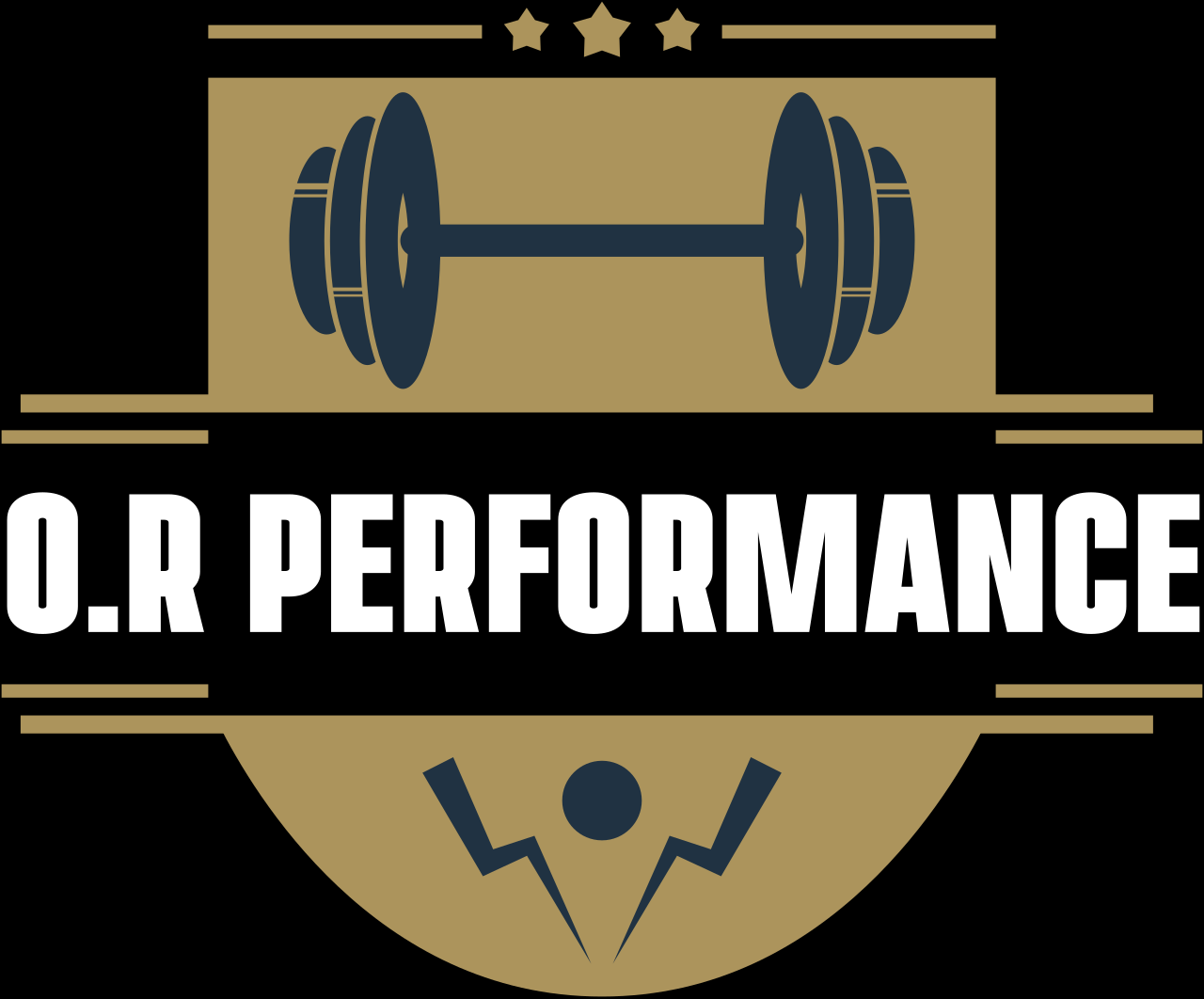
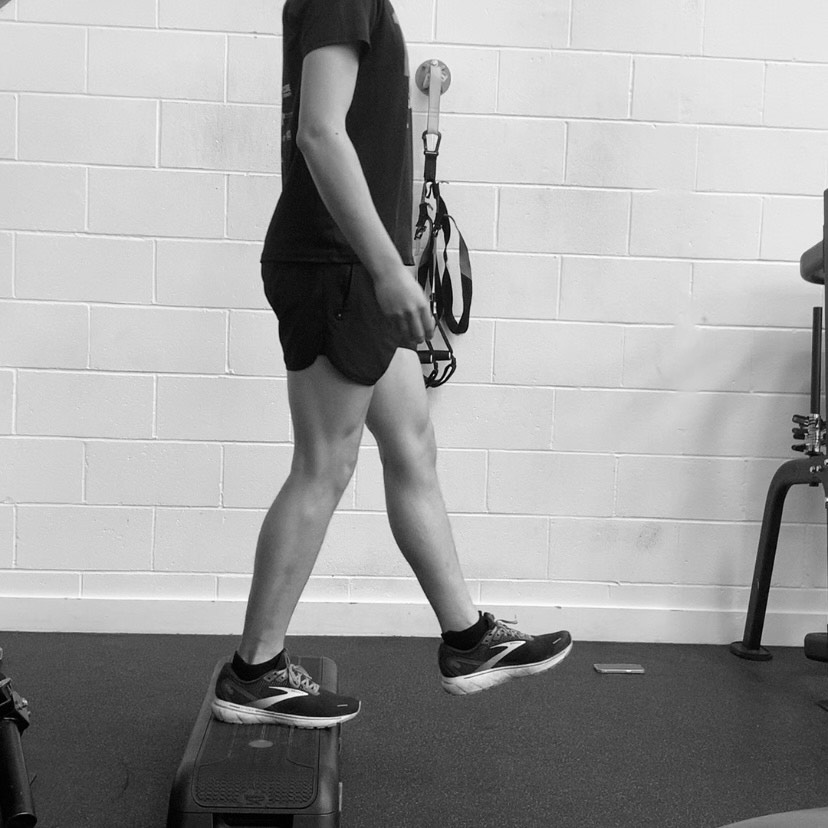
Leave a Reply